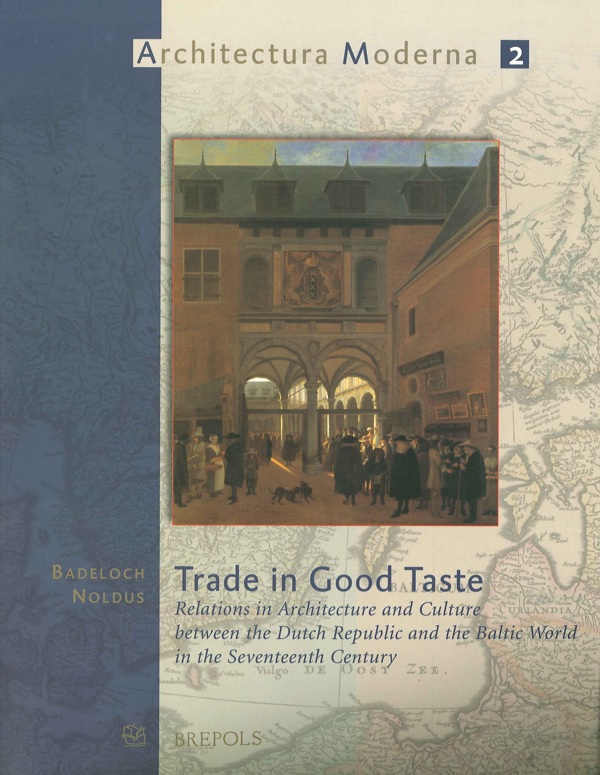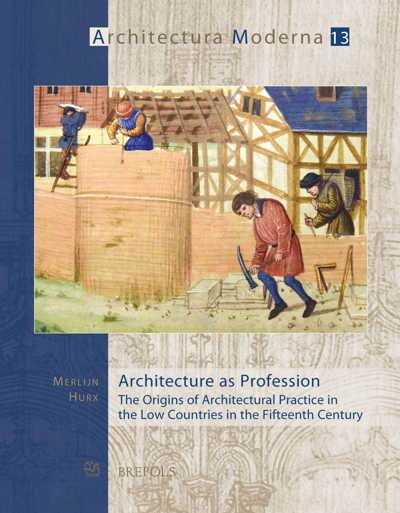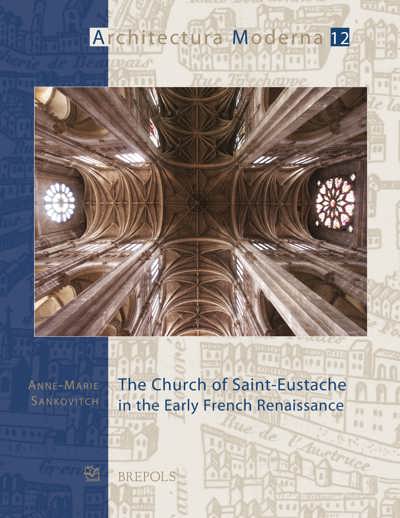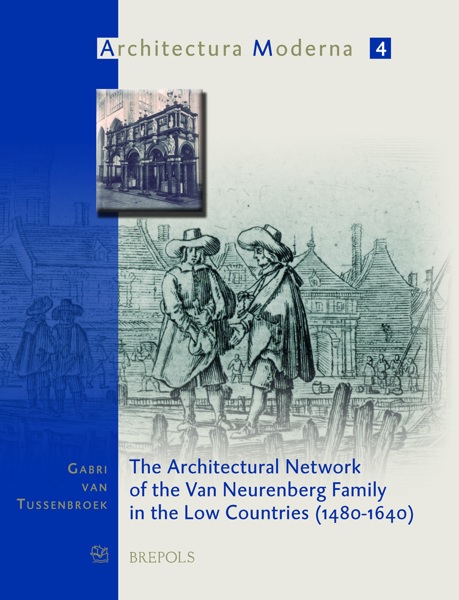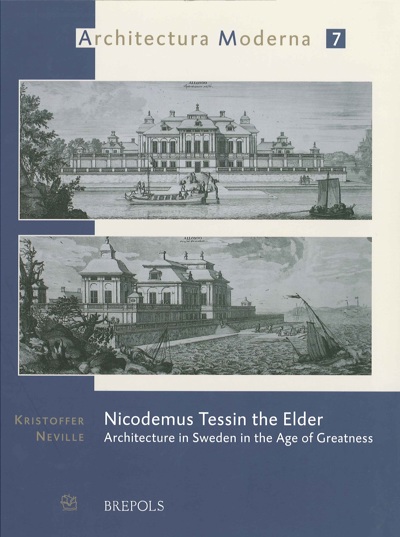
Trade in Good Taste
Relations in Architecture and Culture between the Dutch Republic and the Baltic World in the Seventeenth Century
Badeloch Noldus
- Pages: 219 p.
- Size:220 x 280 mm
- Illustrations:67 b/w
- Language(s):English
- Publication Year:2005
- € 45,00 EXCL. VAT RETAIL PRICE
- ISBN: 978-2-503-51489-5
- Paperback
- Available
- € 45,00 EXCL. VAT RETAIL PRICE
- ISBN: 978-2-503-55624-6
- E-book
- Available
" Het boek, rijkelijk geïllustreerd, vormt een belangwekkende bijdrage tot de jonge maar wassende cultuurhistorische belangstelling voor de relaties die in de vroegmoderne tijd de Republiek en Noord-Europa met elkaar verbonden." ( K. Brosnens in De zeventiende eeuw 22,2 (2006), P. 358-359)
"These are handsome and sturdy (if expensive) paperback volumes…and are bound up to open up many new areas of research…they should be applauded. One hopes that further volumes will appear in this series". (Andrew Hopkins, in Sixteenth Century Journal, XLI, 4, winter 2010, pp. 1153-1155)
In this intensive cultural traffic, an important role was set aside for Dutch immigrants, architects, artists, and their agents. Apart from their regular activities as diplomats or news correspondents, agents mediated in cultural affairs for patrons in the North. As such, they occupied a key role in the relations between the Baltic world and the Dutch Republic. The pivotal element in these networks, they negotiated between Baltic commissioners and Dutch architects, artists, and suppliers of luxury items, including sculptures, tapestries, paintings, as well as a wide range of books and prints - all of which were available on the Amsterdam market. These extensive networks mark the Dutch Republic as a major centre of architecture, art, and information, crucial to the cultural development of northern Europe.
The history of this lively trade in good taste is told on the basis of rich archival material, including drawings, book and art collection inventories, correspondence, travel journals, and diaries.
Badeloch Noldus is a Senior Researcher at Frederiksborg Castle, the Danish Museum of National History. Her interests cover art, agency and art trade in early modern Northern Europe. Recent publications include Your Humble Servant. Agents in Early Modern Europe (2006).

